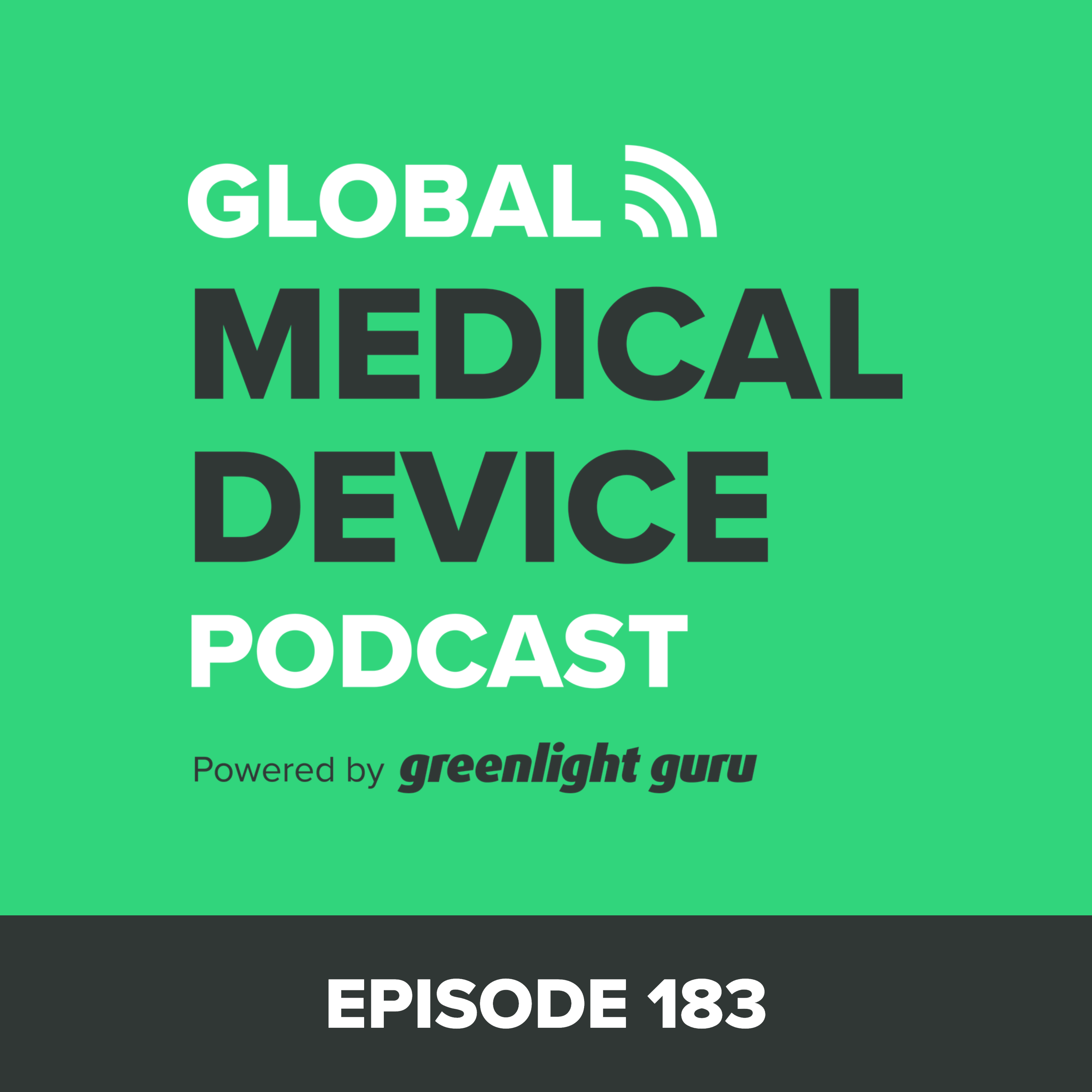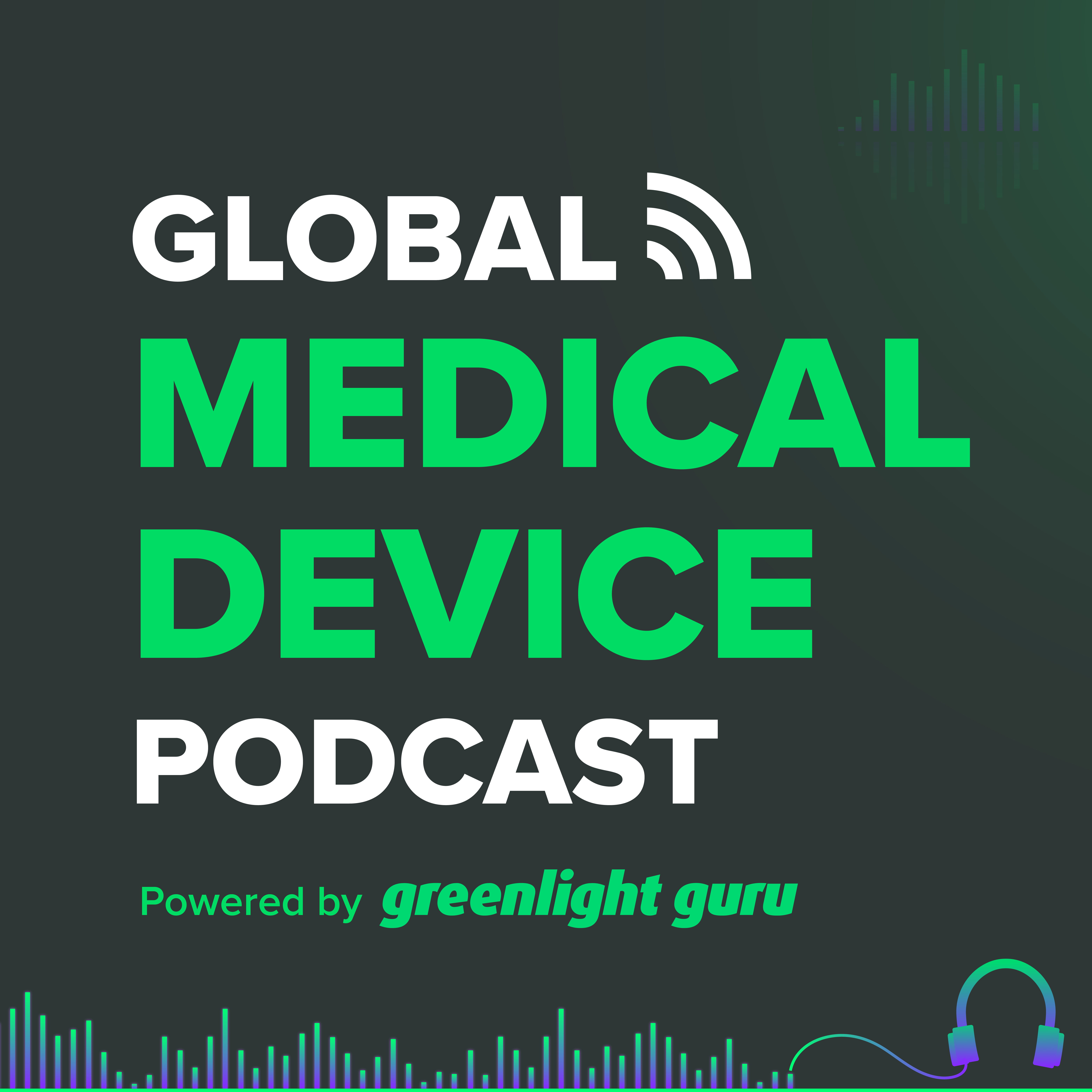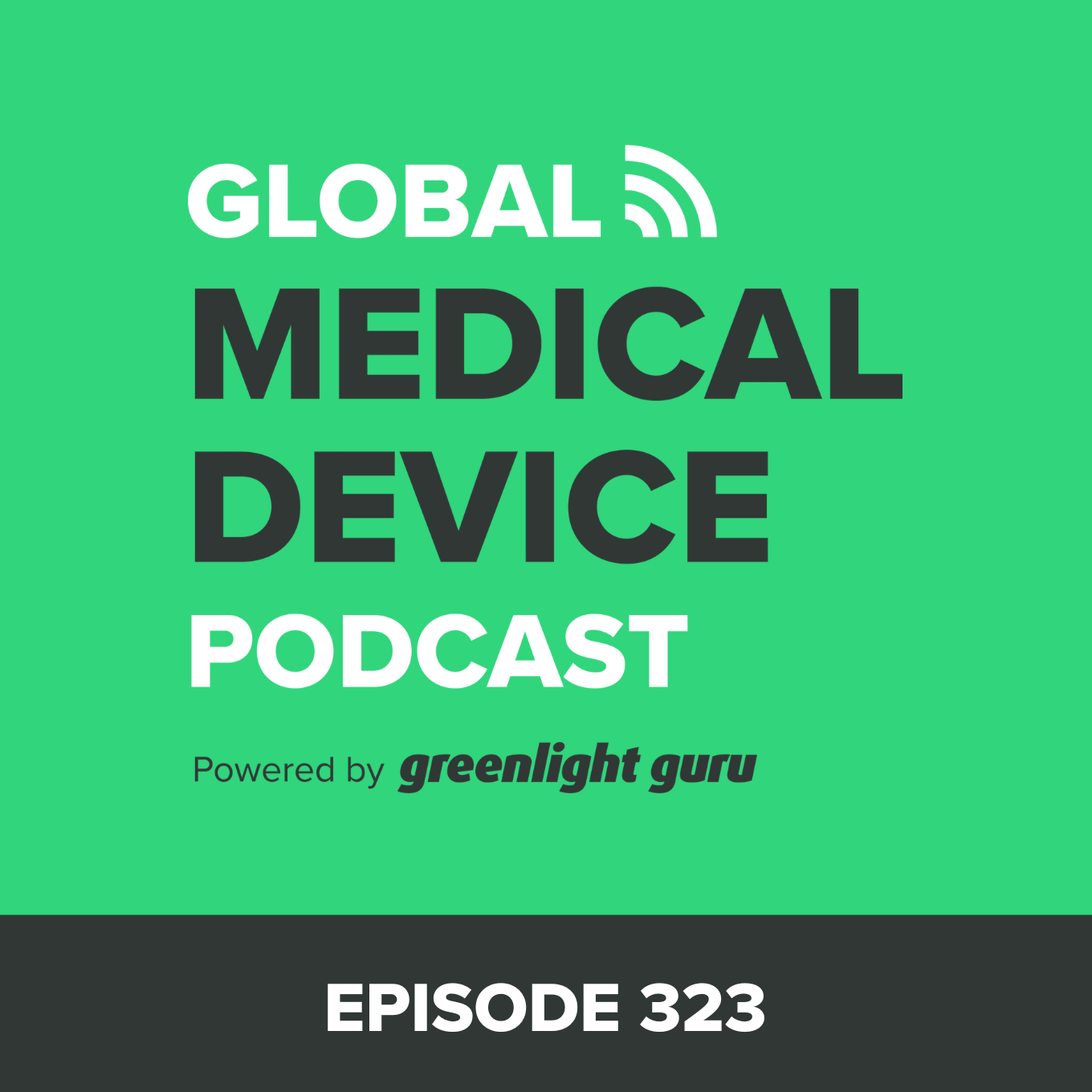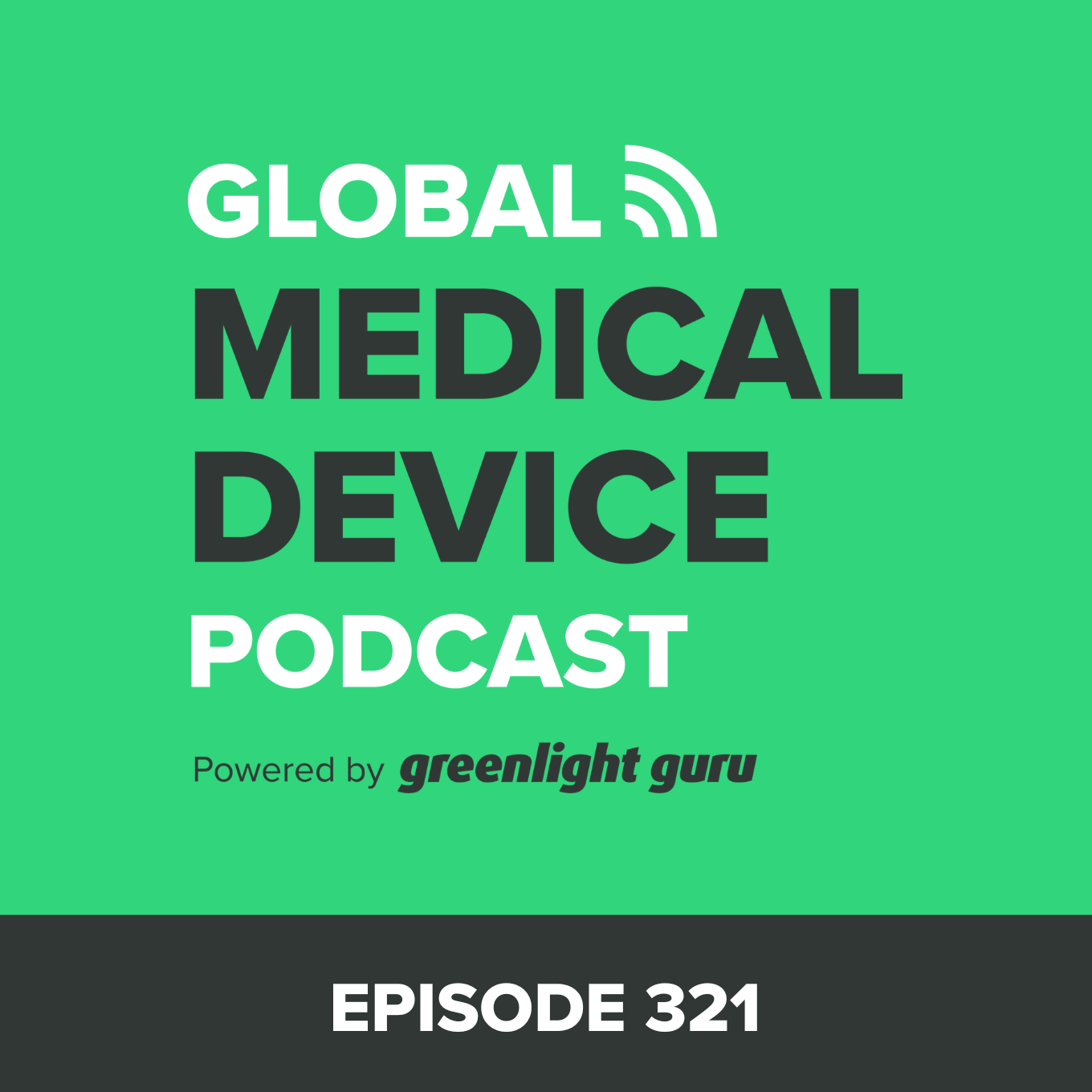Everything you Need to Know about SaMD from an FDA Perspective
- 0.5
- 1
- 1.25
- 1.5
- 1.75
- 2
DESCRIPTION
Software as a Medical Device (SaMD) is a growing sector of the medical device industry. If you are interested in entering the SaMD space, what do you need to know when it comes to FDA regulations and guidance?
In this episode of the Global Medical Device Podcast, Jon Speer talks to David Pudwill, “Mr. Regulatory”, who has nearly a decade of firsthand experience working for FDA.
Listen to Mr. Regulatory and Jon discuss all things related to SaMD from the perspective of FDA and how the agency is regulating these emerging medical device technologies.
Some highlights of this episode include:
- IMDRF defines SaMD as, "Software intended to be used for one or more medical purposes that perform these purposes without being part of a hardware medical device."
- The FDA regulates products based on intended use and provides general guidance examples of SaMD, such as a mechanical exfoliation device. Both functionality and how that functionality is labeled matters.
- FDA’s benefit/risk-based approach is directly related to inaccurate and incorrect SaMD data output from the manufacturer(s) that may impact clinical management of patients.
- SaMD vs. SiMD: FDA has started pilot programs based not only on SaMD, but also Software in a Medical Device (SiMD). The fundamental difference is that SaMD risks are connected to patients, SiMD is related to device hardware.
- One of the components of risk as defined for ISO 14971:2019 - Application of risk management to medical devices is the probability of occurrence of harm. Clinical decision support software guidance identifies historical documentation and FDA’s approach to categorize software as a minor, moderate, or major risk.
- FDA is trying to come into the modern era when it thinks about software. The Digital Health Program’s initiative is intended to adapt to how software is developed, managed, and maintained through its life cycle.
- The FDA is starting to use real-world evidence in a positive way in addition to what the FDA expects to make strides and modifications for software.
- FDA’s mobile medical applications policy provides an overview of regulatory history, functions, and helpful examples of oversight.
Memorable quotes from David Pudwill:
“As part of the Cures Act, we did see that a number of software functions got excluded.”
“That definition in terms of functions is independent of the platform that they run on. So, FDA did a bunch of updates to some of their guidance documents to accommodate that change in definitions around the function.”
“FDA regulates products based on intended use.”
“It’s not necessarily just the functionality, but it’s also how you’ve labeled that functionality that matters. Both things are important.”
“FDA is trying to come into the modern era when it comes to software and how they think about that and how they think about software development.”






